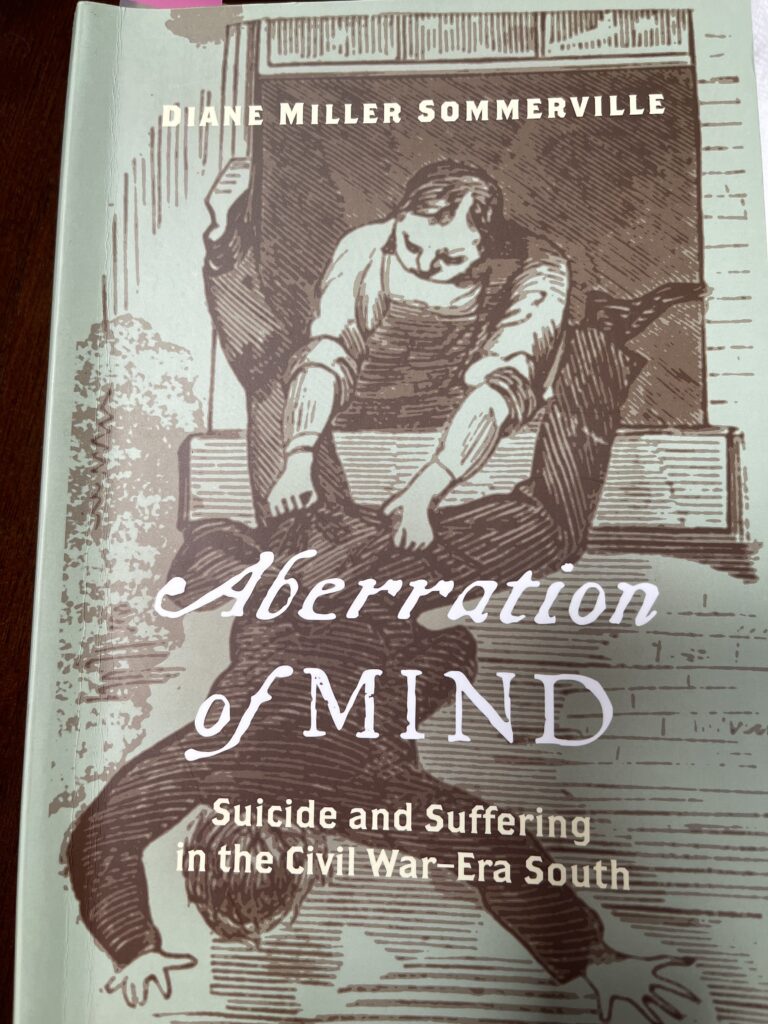IMPORTANT MESSAGE: This post is not meant to encourage suicide, nor is it meant to discuss it. This has nothing to do with suicidal ideation. If you or someone you know is experiencing real suicidal thoughts, please call the National Suicide Prevention Lifeline at (800) 273-8255. You are not alone.
At some point in our lives, we have all experienced a moment in which our brains begin to think of doing the unthinkable; something that we would never think of doing. For instance; imagine yourself standing atop a very tall building. You glance over the edge to see the traffic and life thousands of feet below you. All of a sudden, you hear a voice in the back of your head; “Do it. Jump.” You know that you’d never do it, but here you are thinking about it. What is up with that?
Don’t worry, you’re not crazy. In fact, it’s pretty common for the brain to think of such things. As it turns out, there is actually a term for it; known as, in French, l’appel du vide, or more commonly known as “the call of the void”, is the term used to describe the sudden impulse to do something drastic.
While there is not an exact reason as to why this thought process occurs within the brain, one theory suggests that the brain immediately thinks of impulsive thoughts, such as jumping off the edge of a building, is because the scenario is the strongest choice in which one can make in a certain situation.
What do you think?
Sources:
https://www.healthline.com/health/call-of-the-void#is-it-normal
~I would also recommend Daniel Howell’s YouTube video below!~
~Daniel Howell, “EVIL THOUGHTS,” YouTube video, 4:45, posted by Daniel Howell, December 9, 2013, accessed on September 13, 2021, https://www.youtube.com/watch?v=U6nuxmV6Zko~
